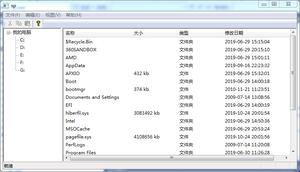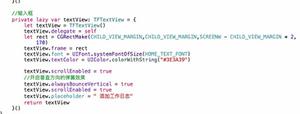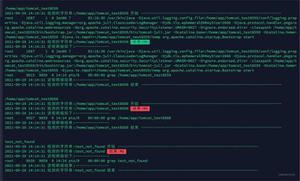在Play!Framework中批量处理HTTP请求
我已经实现了当前的一组路由(例如):
GET /api/:version/:entity my.controllers.~~~~~GET /api/:version/:entity/:id my.controllers.~~~~~
POST /api/:version/:entity my.controllers.~~~~~
POST /api/:version/:entity/:id my.controllers.~~~~~
DELETE /api/:version/:entity my.controllers.~~~~~
POST /api/:version/search/:entity my.controllers.~~~~~
他们工作得很漂亮。现在,假设我要为同一API实现“批处理终结点”。它看起来应该像这样:
POST /api/:version/batch my.controllers.~~~~~身体应该像这样:
[ {
"method": "POST",
"call": "/api/1/customer",
"body": {
"name": "antonio",
"email": "tonysmallhands@gmail.com"
}
},
{
"method": "POST",
"call": "/api/1/customer/2",
"body": {
"name": "mario"
}
},
{
"method": "GET",
"call": "/api/1/company"
},
{
"method": "DELETE",
"call": "/api/1/company/22"
}
]
为此,我想知道如何调用播放框架路由器来传递这些请求?我打算使用与单元测试建议类似的方法:
@Testpublic void badRoute() {
Result result = play.test.Helpers.routeAndCall(fakeRequest(GET, "/xx/Kiki"));
assertThat(result).isNull();
}
通过进入的源代码routeAndCall(),您会发现如下所示:
/** * Use the Router to determine the Action to call for this request and executes it.
* @deprecated
* @see #route instead
*/
@SuppressWarnings(value = "unchecked")
public static Result routeAndCall(FakeRequest fakeRequest) {
try {
return routeAndCall((Class<? extends play.core.Router.Routes>)FakeRequest.class.getClassLoader().loadClass("Routes"), fakeRequest);
} catch(RuntimeException e) {
throw e;
} catch(Throwable t) {
throw new RuntimeException(t);
}
}
/**
* Use the Router to determine the Action to call for this request and executes it.
* @deprecated
* @see #route instead
*/
public static Result routeAndCall(Class<? extends play.core.Router.Routes> router, FakeRequest fakeRequest) {
try {
play.core.Router.Routes routes = (play.core.Router.Routes)router.getClassLoader().loadClass(router.getName() + "$").getDeclaredField("MODULE$").get(null);
if(routes.routes().isDefinedAt(fakeRequest.getWrappedRequest())) {
return invokeHandler(routes.routes().apply(fakeRequest.getWrappedRequest()), fakeRequest);
} else {
return null;
}
} catch(RuntimeException e) {
throw e;
} catch(Throwable t) {
throw new RuntimeException(t);
}
}
所以我的问题是:与复制上面的代码相比,用Play做到这一点的方式是否更简单(我不反对将Scala和Java混合使用)?我还希望提供并行或顺序执行批处理调用的选项……我想仅Routes使用类加载器实例化一个调用便会出现问题吗?
回答:
您可以使用以下方法调用来路由您的虚假请求: Play.current.global.onRouteRequest。请参阅此帖子以获取完整示例:http:
//yefremov.net/blog/play-batch-api/
以上是 在Play!Framework中批量处理HTTP请求 的全部内容, 来源链接: utcz.com/qa/398084.html







